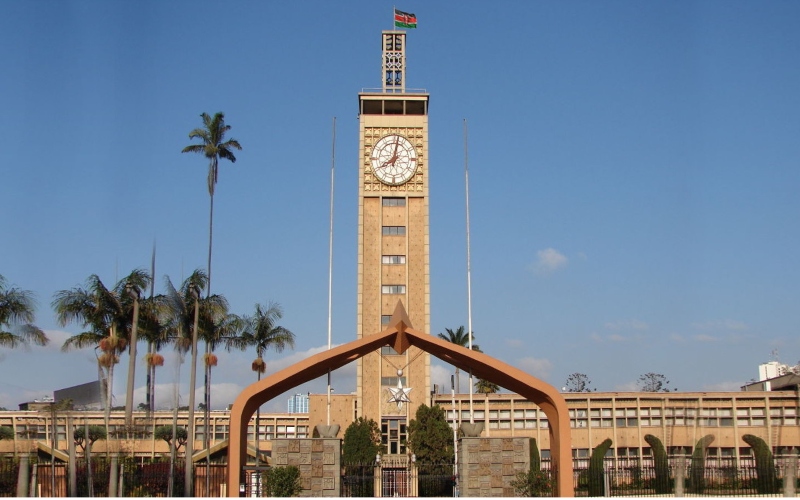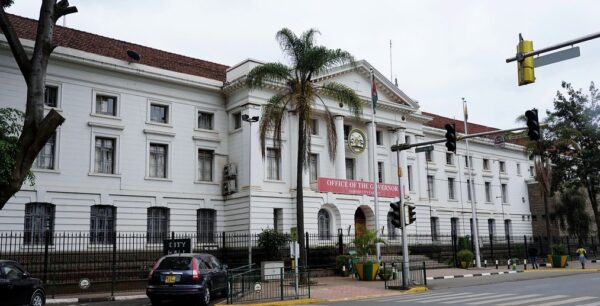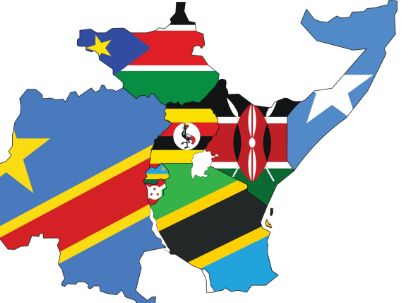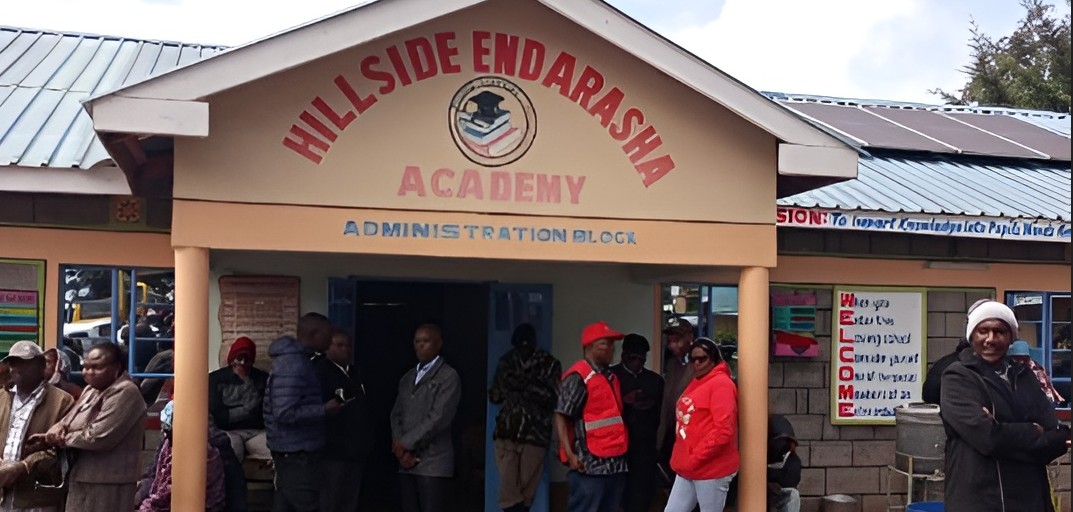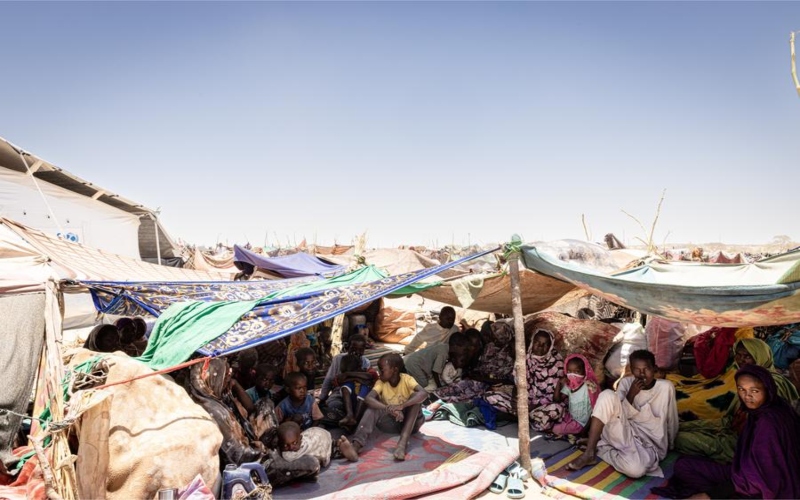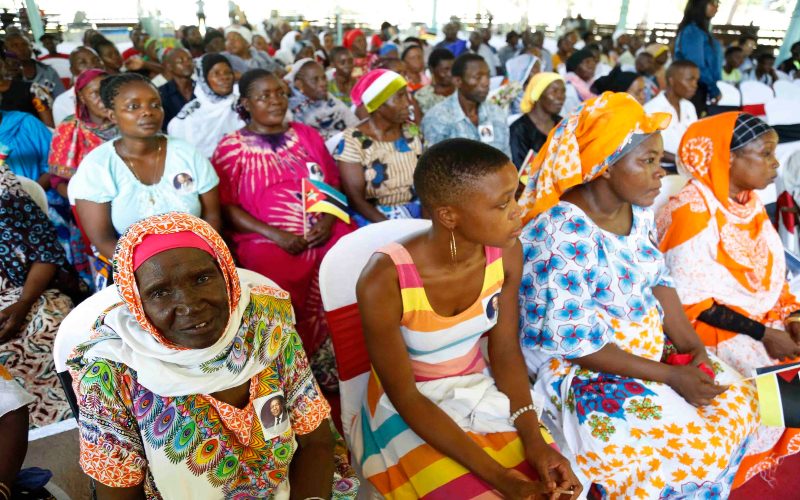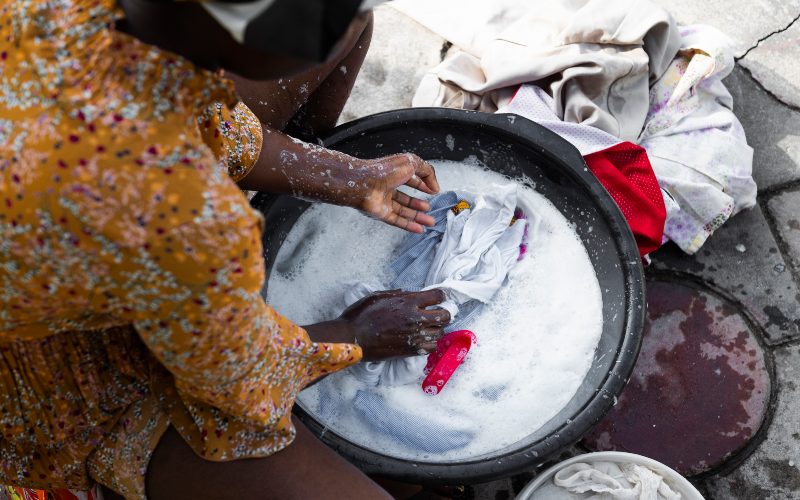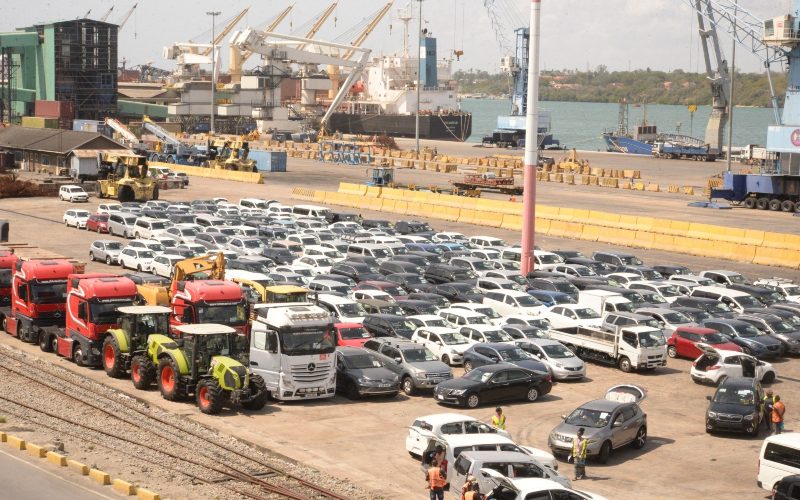2024 mass flooding that ravaged Garissa and Tana River counties
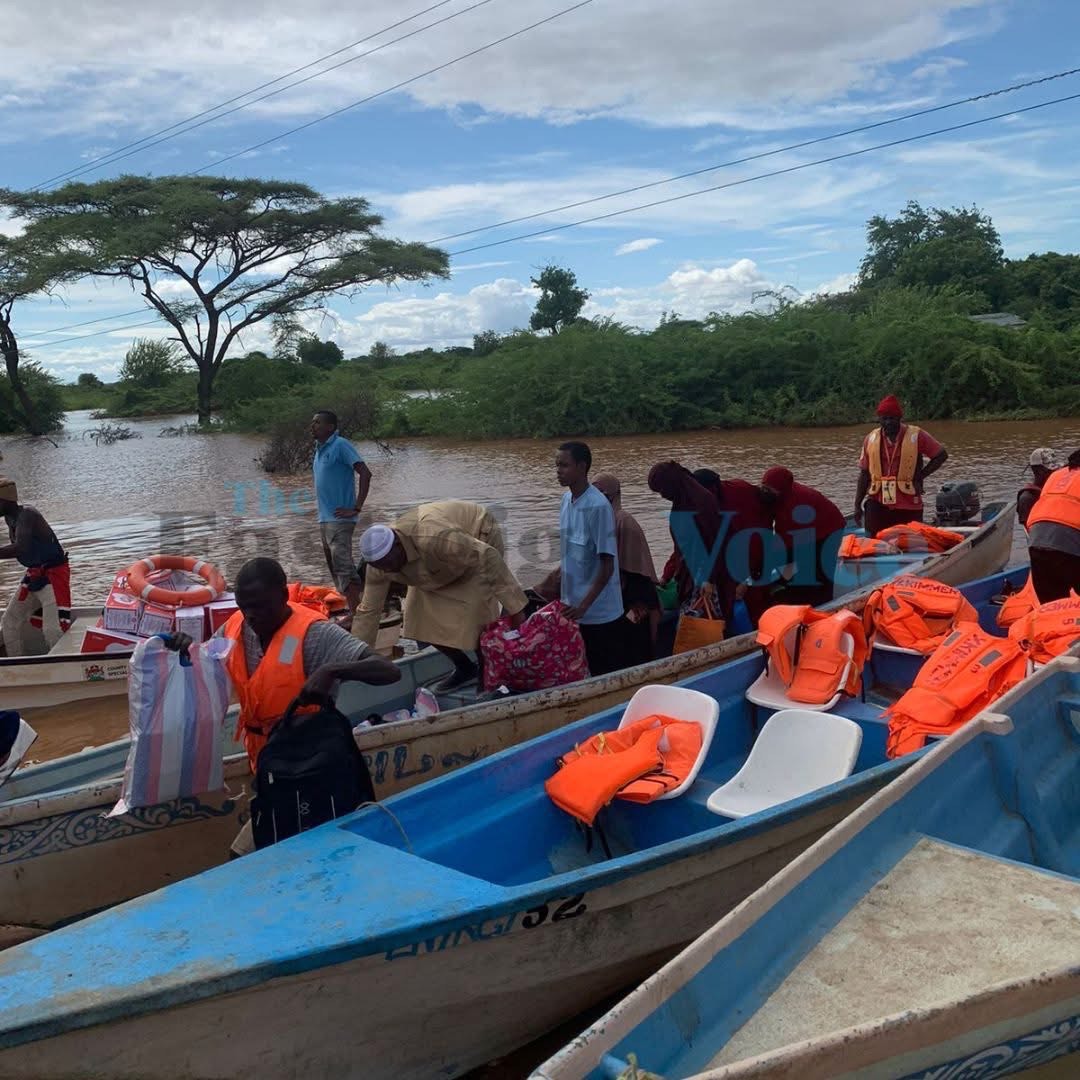
In the tragic boat accident, eight passengers travelling from Nairobi lost their lives, with their bodies later recovered, while 22 others were rescued.
Following the April-May rains, Garissa and Tana River counties experienced devastating floods after the River Tana burst its banks, resulting in deaths, displacement, and destruction.
A tragic incident occurred at around 6:30 p.m. on April 23 when a boat carrying 30 passengers capsized in a flooded area near Kona Punda along the Garissa-Madogo Road.
More To Read
- Heavy rains, gusty winds expected across Kenya
- Nairobi residents express fury over unending drainage woes
- Intense rainfall expected across Kenya from Friday to Sunday
- Construction work at Tana River Bridge disrupts water supply in Garissa
- Court nullifies Garissa’s Kamuthe Conservancy registration in landmark land rights ruling
- Garissa leaders warn poaching, foreign travel advisories threaten tourism
The floods had destroyed and submerged a section of the road, rendering it impassable for vehicles. This forced passengers travelling between North Eastern and Nairobi to rely on boats to navigate the flooded area.
In the tragic boat accident, eight passengers travelling from Nairobi lost their lives, with their bodies later recovered, while 22 others were rescued.
Following the incident, the government immediately suspended boat transport before reinstating it under strict safety measures for operators, who had been capitalising on the transport crisis caused by the Garissa-Nairobi road closure.
The disruption in road transport sparked panic-buying of fuel and food as supplies dwindled. Traders were compelled to use the longer Isiolo-Meru route to access Nairobi. Many, including those interviewed by the Eastleigh Voice, recounted how their shelves were emptying due to the transport disruption caused by the floods.
Abdikadir Hassan, a trader in Garissa, described how the floods paralysed the transport sector, leading to fatalities, road destruction, and shortages of food and fuel. He expressed hope that the ongoing Sh1.8 billion reconstruction of the destroyed road infrastructure at Kona Punda would prevent a recurrence of such crises.
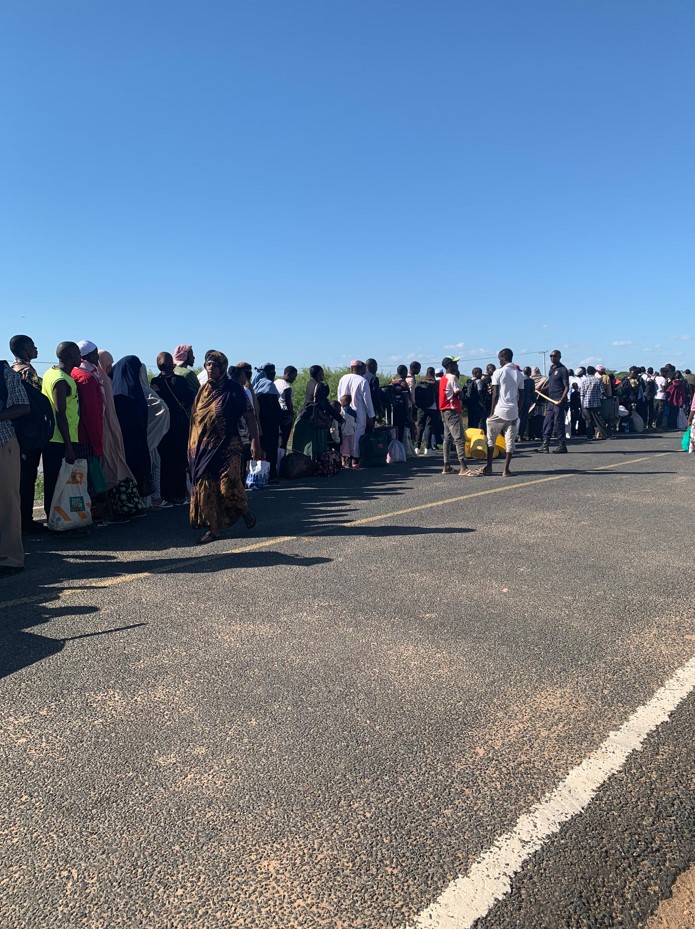 Passengers queue from Nairobi crossing the Kona Punda. Photo: Issa Hussein
Passengers queue from Nairobi crossing the Kona Punda. Photo: Issa Hussein
The floods displaced thousands in Garissa and neighbouring Tana River County. Fourteen internally displaced persons (IDP) camps were established in Garissa town, with some displaced families hosted in schools.
Aden Bille, the Garissa County Chairperson for People with Disabilities and one of the affected residents, called for lasting solutions to prevent the frequent displacement of families. He described the April-May floods as the worst he had ever experienced.
"My family was displaced after the floods submerged our residence in Bulla Punda, Garissa town. We were forced to camp at Jaribu Primary School until the floods receded. The destruction was immense, with many houses and perimeter walls collapsing," he recalled.
Salma Ghasighati of Mororo town in Tana River County recounted how the floods submerged and destroyed her mud-walled house, leaving her homeless. She was among hundreds displaced from Mororo who sought shelter at the Garissa Provincial Police Training Field until conditions normalised.
"We had to start from scratch through community efforts to rebuild our houses. We still live in fear due to what we experienced during the last floods, which were even worse than the 2023 El Niño floods," she said.
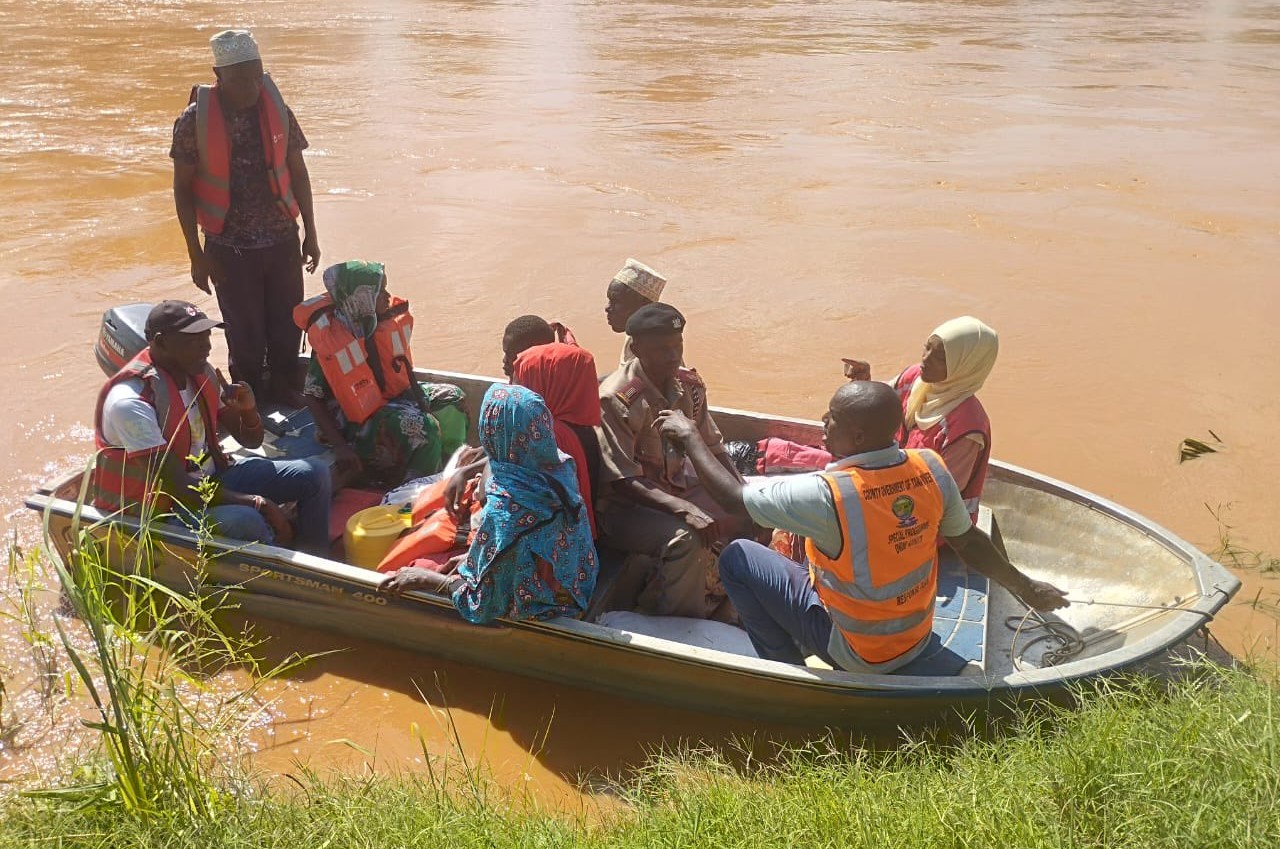 Red Cross officials respond to a distress call in Konkona, Tana Delta, Tana River County on April 14, 2024. (Photo: Kenya Red Cross)
Red Cross officials respond to a distress call in Konkona, Tana Delta, Tana River County on April 14, 2024. (Photo: Kenya Red Cross)
Farmers in Garissa are still grappling with the loss of crops, farm infrastructure, and equipment caused by the floods.
According to the chairman of the Garissa Farmers Network, approximately 7,500 farmers suffered losses estimated at Sh2 billion during the 2024 floods.
"Many farmers have yet to recover from the losses and require support to rebuild their livelihoods. Some are hesitant to return to farming, fearing that similar destruction could occur during the December rains," he said.
Despite the devastation, he expressed optimism, noting that floods of such magnitude are rare and may not happen again soon.
Top Stories Today

